Infocom was an American software company based in Cambridge, Massachusetts, that produced numerous works of interactive fiction. They also produced a business application, a relational database called Cornerstone.
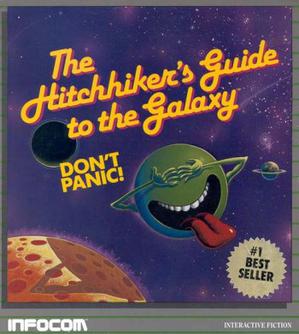
The Hitchhiker's Guide to the Galaxy is an interactive fiction video game based on the comedic science fiction series of the same name. It was designed by series creator Douglas Adams and Infocom's Steve Meretzky, and it was first released in 1984 for the Apple II, Mac, Commodore 64, CP/M, MS-DOS, Amiga, Atari 8-bit computers, and Atari ST. It is Infocom's fourteenth game.

Elite is a space trading video game. It was written and developed by David Braben and Ian Bell and was originally published by Acornsoft for the BBC Micro and Acorn Electron computers in September 1984. Elite's open-ended game model, and revolutionary 3D graphics led to it being ported to virtually every contemporary home computer system and earned it a place as a classic and a genre maker in gaming history. The game's title derives from one of the player's goals of raising their combat rating to the exalted heights of "Elite".
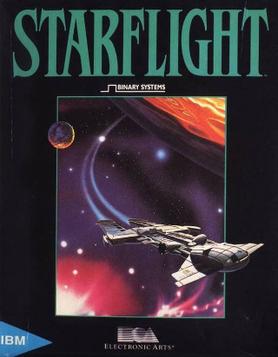
Starflight is a space exploration, combat, and trading role-playing video game created by Binary Systems and published by Electronic Arts in 1986. Originally developed for IBM PC compatibles, it was later ported to the Amiga, Atari ST, Macintosh, and Commodore 64. A fully revamped version of the game was released for the Sega Genesis in 1991.

Track & Field, also known as Hyper Olympic in Japan and Europe, is an Olympic-themed sports video game developed by Konami and released as an arcade video game in 1983. The Japanese release sported an official license for the 1984 Summer Olympics. In Europe, the game was initially released under the Japanese title Hyper Olympic in 1983, before re-releasing under the US title Track & Field in early 1984.

In computing, procedural generation is a method of creating data algorithmically as opposed to manually, typically through a combination of human-generated content and algorithms coupled with computer-generated randomness and processing power. In computer graphics, it is commonly used to create textures and 3D models. In video games, it is used to automatically create large amounts of content in a game. Depending on the implementation, advantages of procedural generation can include smaller file sizes, larger amounts of content, and randomness for less predictable gameplay.

The Train: Escape to Normandy is a video game released by Accolade in 1987 and themed loosely on the motion picture The Train, starring Burt Lancaster. In the video game, the player assumes the role of a train hijacker who has commandeered a steam train to escape Nazi Germany during World War II. When the train is in motion the player must maintain the correct speed, steam pressure and other operational parameters of the train; also, the player must attempt to shoot down Nazi fighter planes which occasionally strafe the train by aiming and firing anti-aircraft guns mounted to the engine of the train. When the train occasionally stops briefly for resupply at various train stations, the player also must provide cover fire against attackers in the station buildings for comrades resupplying the train.

Rogue Galaxy is an action role-playing video game developed by Level-5 and published by Sony Computer Entertainment for the PlayStation 2. The game was released in Japan in December 2005, in North America in January 2007, and in most European countries and Australia in September of the same year. A director's cut of the game was released in Japan in March 2007, which includes all of the added features and improvements made for the North American and European localizations.
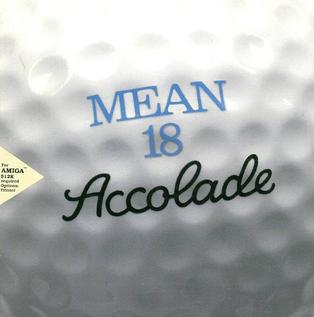
Mean 18 is a golf video game designed by Rex Bradford with graphics by George Karalias, both of Microsmiths, and released by Accolade for MS-DOS compatible operating systems in 1986. It was ported to the Amiga, Apple IIGS, Atari ST, and Macintosh. It includes an editor allowing players to create their own courses. In 1989, Atari Corporation published a port for the Atari 7800 console. A version for Atari 8-bit computers was in development in 1989 but was cancelled.
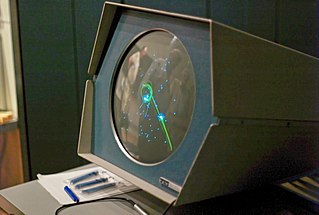
Spacewar! is a space combat video game developed in 1962 by Steve Russell in collaboration with Martin Graetz, Wayne Wiitanen, Bob Saunders, Steve Piner, and others. It was written for the newly installed DEC PDP-1 minicomputer at the Massachusetts Institute of Technology. After its initial creation, Spacewar! was expanded further by other students and employees of universities in the area, including Dan Edwards and Peter Samson. It was also spread to many of the few dozen installations of the PDP-1 computer, making Spacewar! the first known video game to be played at multiple computer installations.
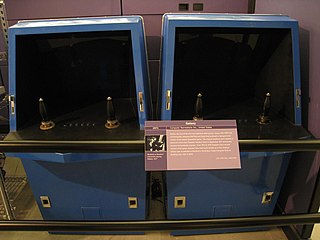
Galaxy Game is a space combat arcade game developed in 1971 during the early era of video games. Galaxy Game is an expanded version of the 1962 Spacewar!, potentially the first video game to spread to multiple computer installations. It features two spaceships, "the needle" and "the wedge", engaged in a dogfight while maneuvering in the gravity well of a star. Both ships are controlled by human players.

World Class Leader Board is a 1987 golf video game published by Access Software. It is part of the Leader Board series.

Fortress is an isometric scrolling shooter written by Mat Newman, developed by Amcon and released by Pace Software for the BBC Micro home computer in 1984. It is based on the 1982 Sega arcade game Zaxxon.
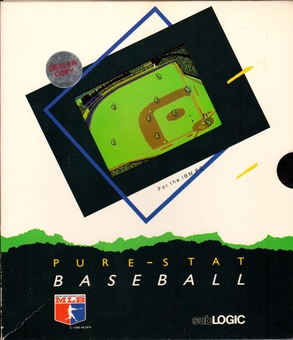
Pure-Stat Baseball is a 1986 video game published by Sublogic.
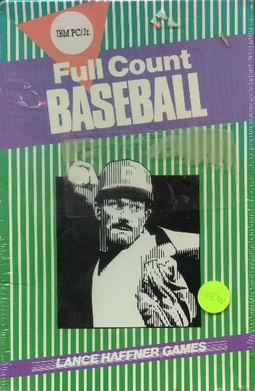
Full Count Baseball is a sports video game published in 1984 by Lance Haffner Games.

Deep Space: Operation Copernicus is a video game published in 1988 by Sir-Tech.

Star Rank Boxing II is a sports video game published by Activision in 1988.

Shirley Muldowney's Top Fuel Challenge is a 1987 video game published by Cosmi Corporation.

Top Fuel Eliminator is a 1987 video game published by Gamestar.
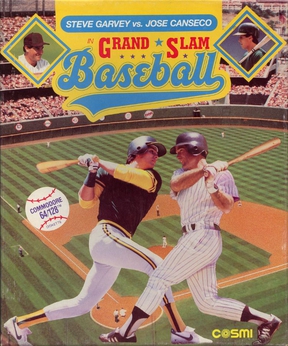
Steve Garvey vs. Jose Canseco in Grand Slam Baseball is a 1987 video game published by Cosmi Corporation.



















